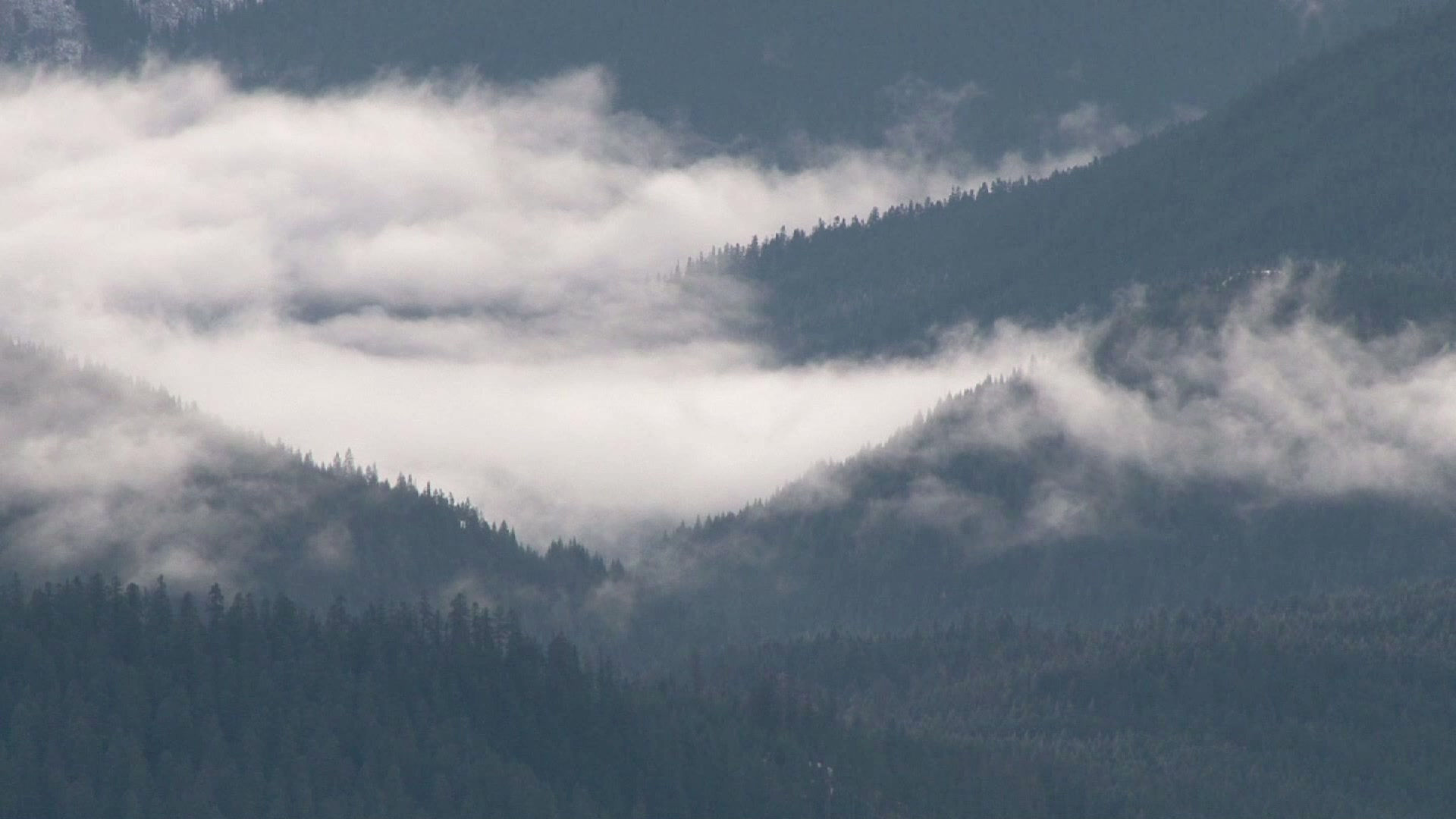CAFFEINATE ME
- John Hymmen

- Jul 8, 2016
- 3 min read
Dark Roasts vs. Light Roasts
So which is it? Which type of roast contains more caffeine?
Some people prefer dark roasts because they claim they have higher levels of caffeine. I have always thought light roasts have more caffeine.
The truth is....well it's complicated. As is turns out, caffeine is very stable during the roasting process. So if you went bean for bean with a light roast versus a dark roast, each would have relatively the same level of caffeine:

Yet, it’s not crazy to think that there exists some sort of difference in caffeine levels- from roast level to roast level- when talking about what is in your cup. It depends on how you measure out your beans.
For discussion sake, let’s assume there are 3 ways to execute your coffee recipe:
You count out the number of beans per cup
You measure the volume per cup
You measure the mass per cup
1. Counting beans per cup
First of all. Nobody does this to setup a brew. Maybe they use the # of beans as an indicator but the # of beans is not an independent variable here, it is a dependent variable and the variables that matter are hidden within. But if we assume people actually do this then I think you have the knowledge now to say there is no difference in caffeine level for 2 cups with differing roast levels but the same # beans.
2. Measuring volume of coffee beans per cup
Ok this more likely to happen. People often count out scoops to put into their drip machine at home for example. What happens to the caffeine level on a volume basis? Well take a look at the roast level visual below. Since the volume of a dark bean ≥ light bean, it follows that caffeine per unit volume decreases with roast degree.

So the take-away here is- A lighter roast will have more caffeine per volume of coffee than a dark roast, and more caffeine per cup.
3. Measuring mass of coffee beans per cup
So this is the current café standard way of calibrating cups. Pour overs use this- you see baristas pouring water into a cup on a scale. Espressos use this- measure the ground coffee before and brewed coffee after. Just to name 2 big brew hitters these days.
So what does that mean? Let me walk you through it using 2 building blocks…
Building block 1: During the roasting process, a bean loses its mass. Tidbit: When coffee is roasted the beans lose roughly 90% of their water content.

Building block 2: Looking at figure 1 again (go on scroll up, I will wait for you here) you can see that caffeine stays the same (roughly). Looking at figure 3, bulk mass decreases. So then it follows that caffeine per bulk mass increases, as you roast longer.

So, how does this change the caffeine level of your cup of coffee? Well it’s easy to infer now that if you measure your coffee recipe by mass of coffee, the caffeine level will change. A darker roast will have more caffeine per mass of bulk coffee than a light roast, and more caffeine per cup.
So next time you are trying to figure out which roast will have more caffeine, keep this in mind. But guess what? There are a bunch of other variables to consider like strength preference (a barista may choose to use a different brew ratio for dark vs light), or species (Arabica beans vary in levels of caffeine depending on the plant species).
The general scientific data out there states that the changes roast level has on the amount of caffeine in a cup of coffee is so minimal, we might not even notice the difference. But if you read this far you are probably the type of person that wants to know the outcome of holding some things constant and observing others. So in the world of a science experiment - THERE IS A CAFFEINE DIFFERENCE!

Comments